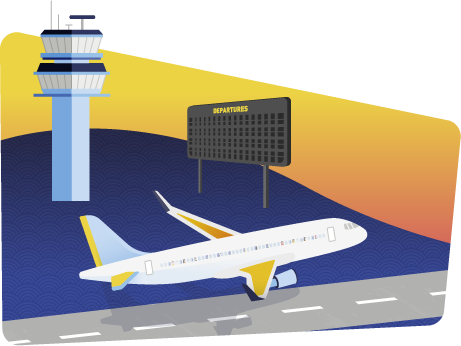Aviation is committed to collaborating to address its environmental impact.
In 2008, it became the first industry to adopt a global, sector-wide climate action goal.
In October 2021, the global aviation industry took its climate commitment one step further by declaring that it will achieve net-zero carbon emissions by 2050, supported by accelerated efficiency measures, energy transition and innovation across the aviation sector and in partnership with Governments around the world.
Governments also confirmed their support for net zero carbon emissions by 2050 for aviation by adopting a similar goal during the 41st Assembly of the International Civil Aviation Organization in October 2022
Net zero carbon emissions by 2050 is significant as it supports the Paris Agreement goal to limit global warming to 1.5 degrees, compared to pre-industrial levels. Scientists agree that this would greatly reduce the severity of climate change damage.













